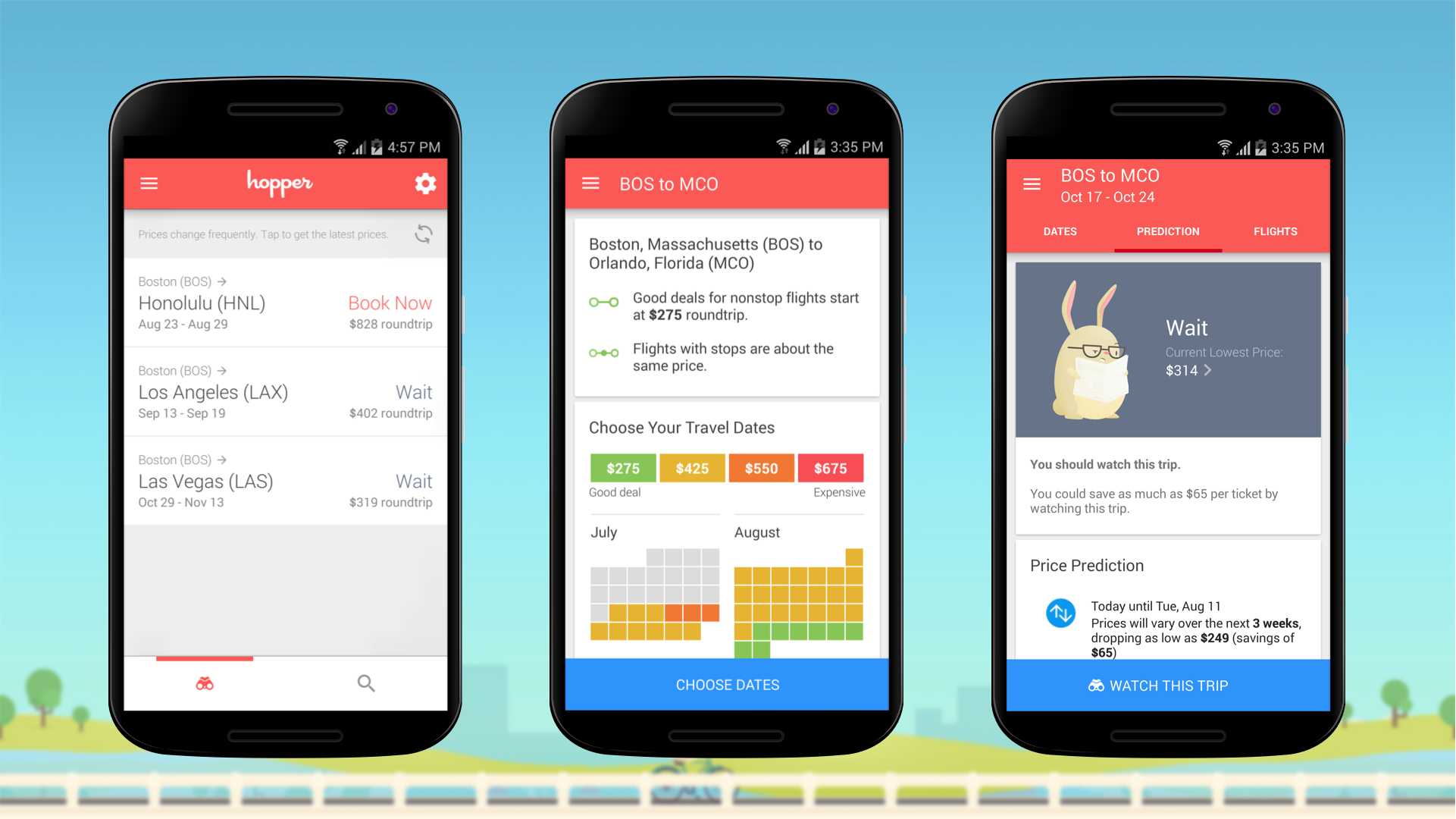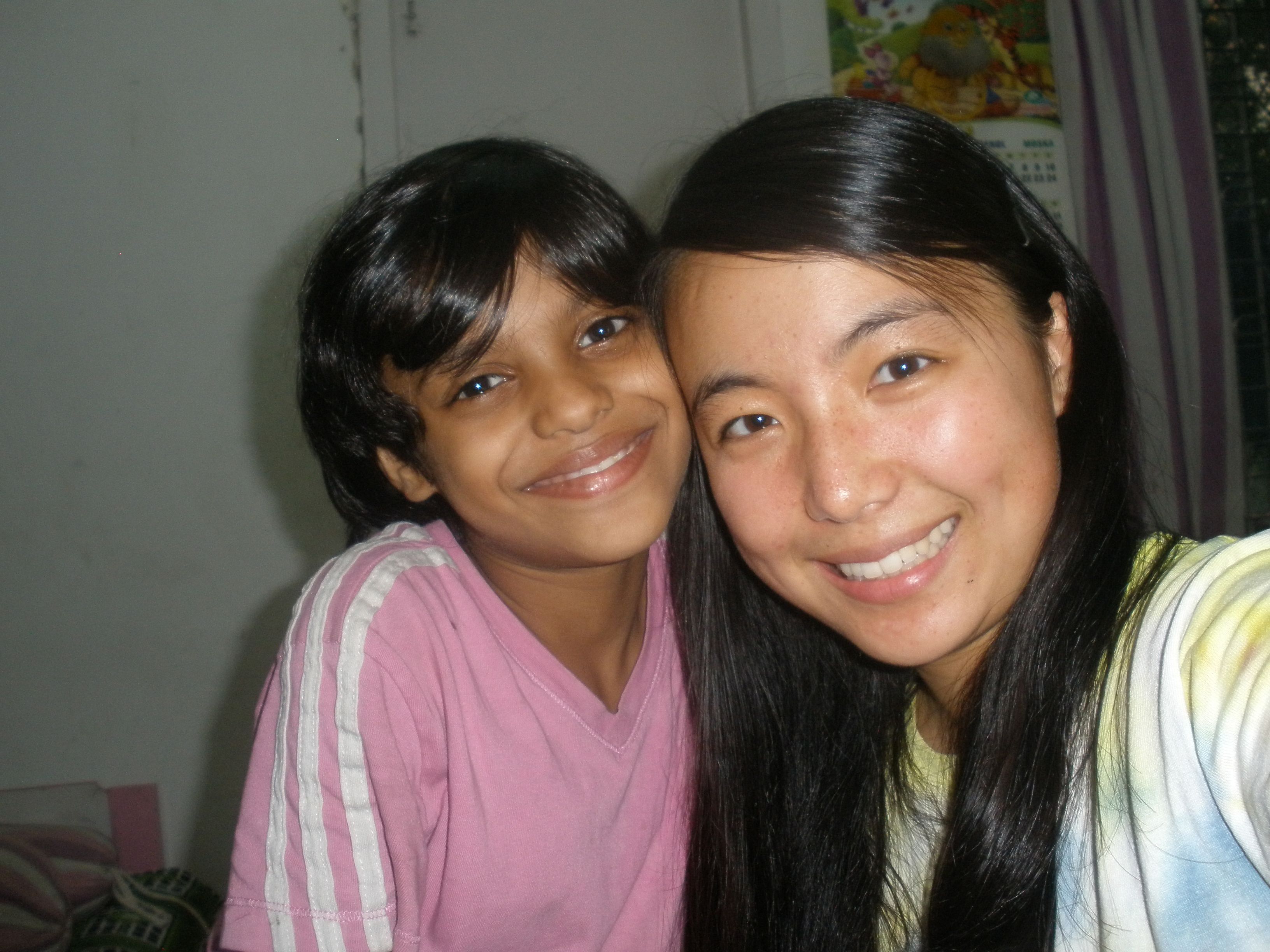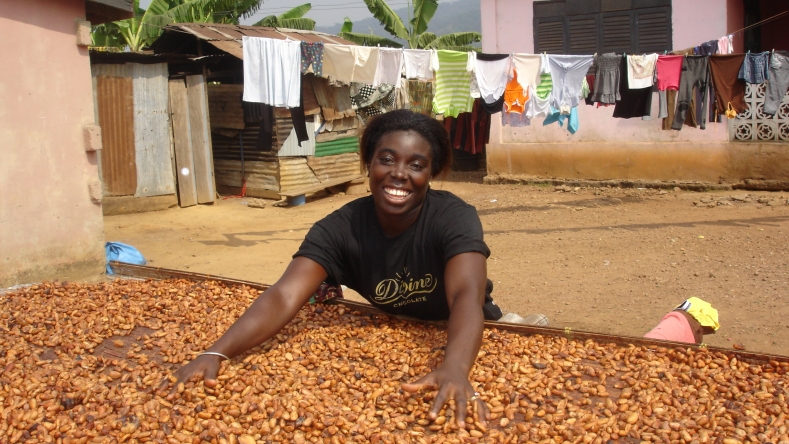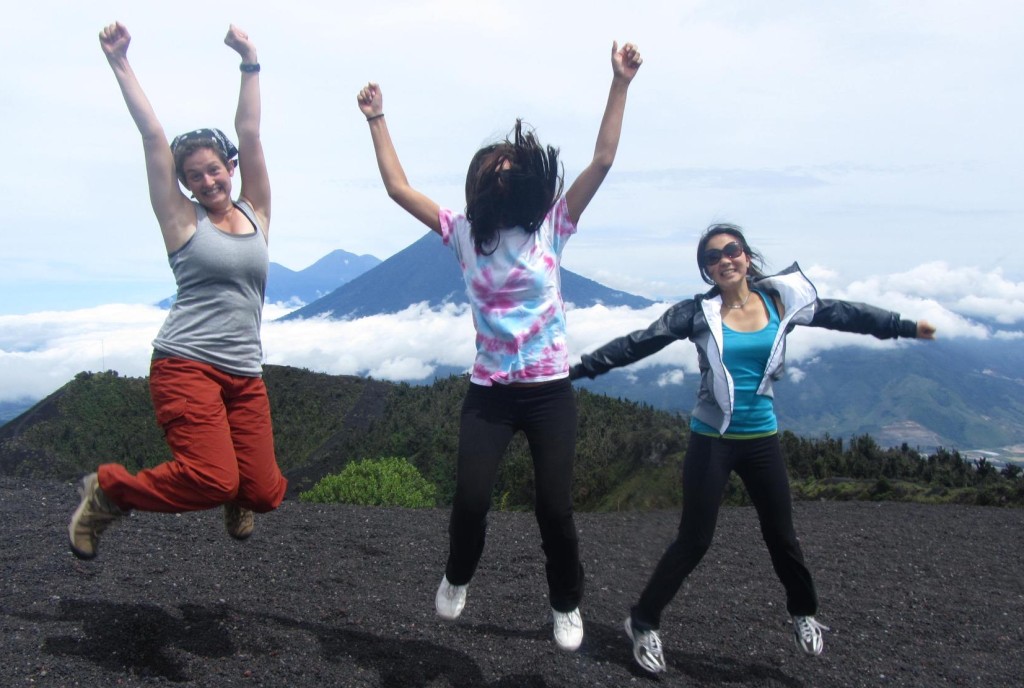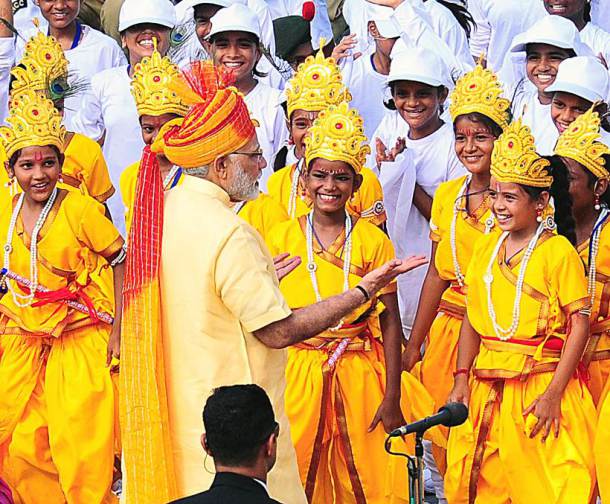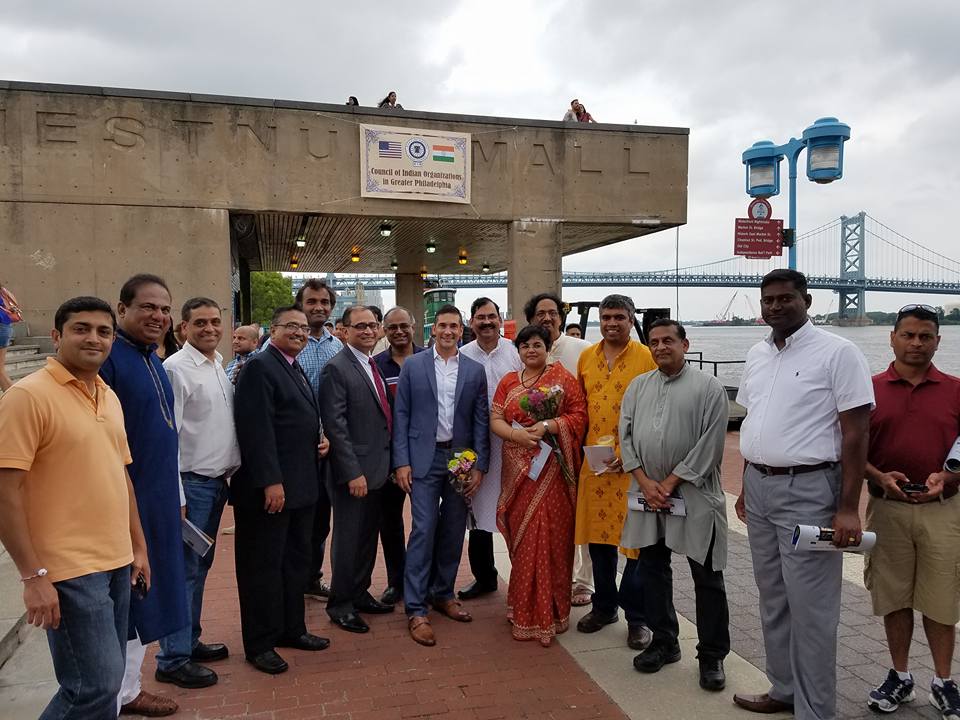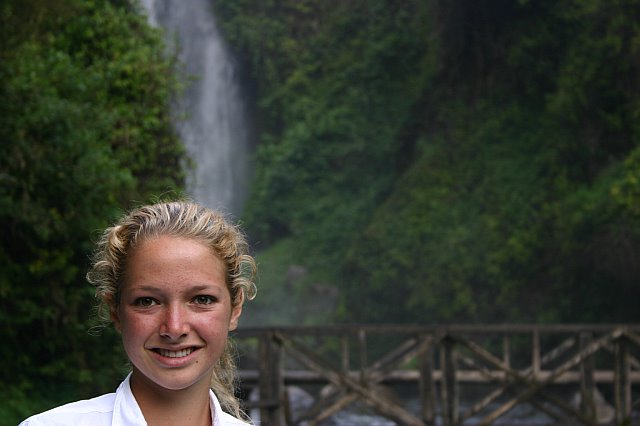Lisa Marie Segarra wrote recently about some apps to help you cut your travel costs.
Segarra on the app Hopper:
Hopper shows the best time to buy a ticket and whether a flight you’re interested in might change in price. Users can select their destination, and Hopper will show airline schedules months in the future. Each day is color coded by price, with green dates showing cheaper prices and red dates indicating more expensive flights. You can also ask Hopper to “watch” your trip and alert you of any price changes.
Hopper has been around for a little while. Hopper was named one of Apple’s Best Apps of 2015.
Conde Naste Traveler wrote:
How it works is fairly simple: Input your destination and travel dates, and Hopper will search the web to determine the lowest price possible for your journey. Hopper is watching prices, and the trends surrounding them, constantly. That means when you input the destination, you’ll not only get the lowest price right now, but you’ll also get the app’s educated prediction on what that price is likely to do in the future.
From Hopper’s page at Google Play Store:
Save up to 40% on your next flight! Hopper predicts the future of airfare. Watch your next flight in the app and get a notification as soon as the price drops to its lowest point. Never miss a deal!
Users save on average $50 per flight by following the bunny’s advice. Know if you should book now or wait for a better price using the price prediction feature.
Hopper is like a super-fast, all-knowing travel agent that analyzes up to 15 billion flights prices every day and predicts the future cheapest price with 95% accuracy!
PREDICT the best time to fly and buy so you’ll score the cheapest fares.
WATCH a trip to receive price alerts via push notifications the instant prices drop.
BUY cheap flights in 60 seconds or less with just a few taps and a swipe.
FLY with confidence knowing you’ve found the best plane tickets on the airlines you like.
Hopper is an award-winning travel app. No spam. No ads. No popups. No time wasted. Just the confidence you’re booking the best flight and saving money.

